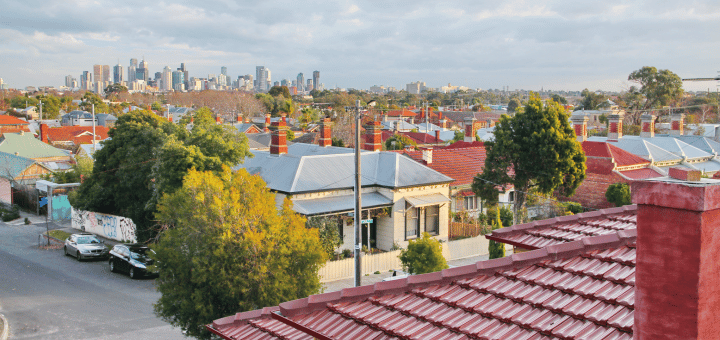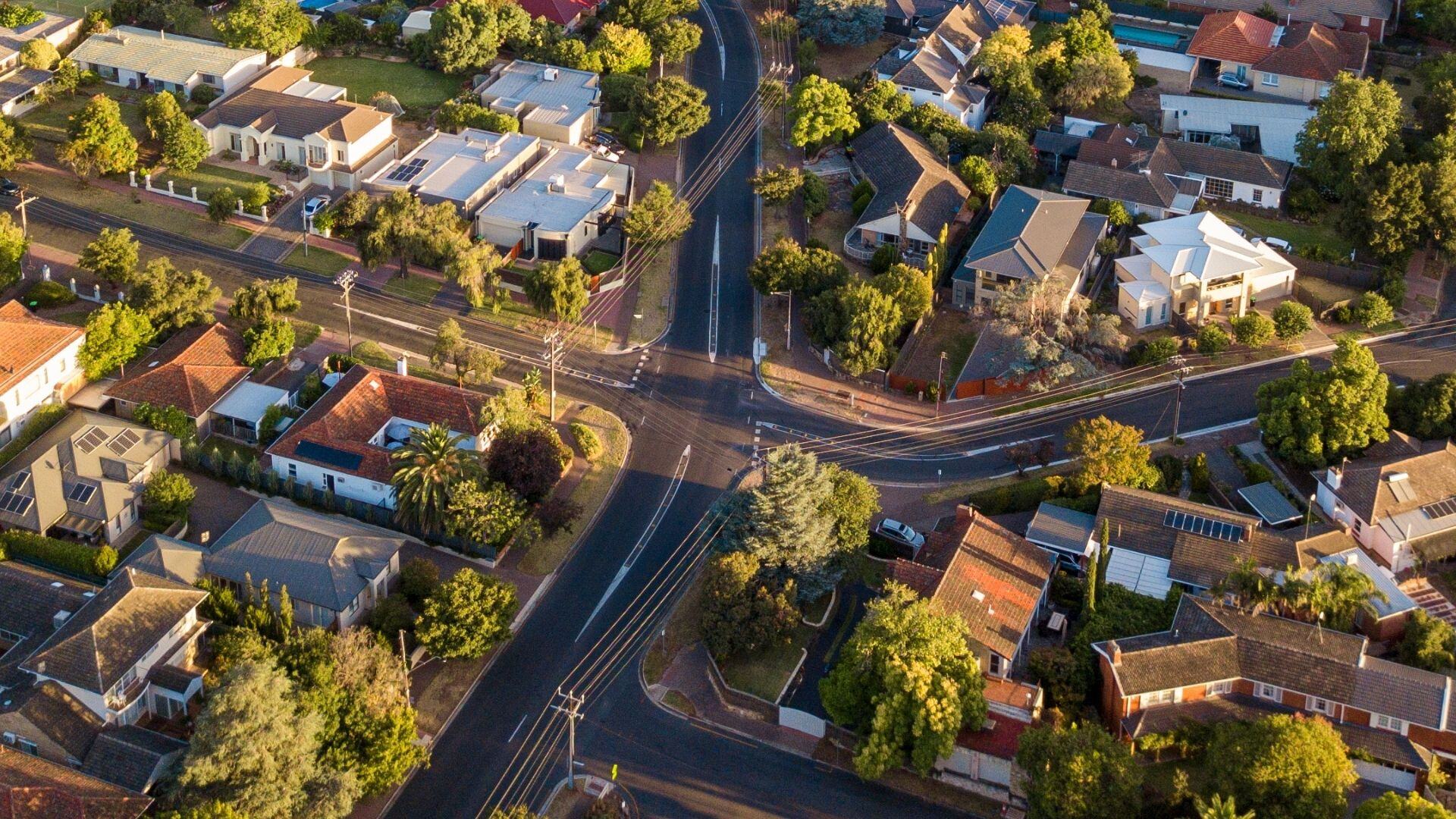In the latest piece from our new housing team, Georgia revisits the topic of overcrowding to see how the technical definition of an overcrowded dwelling reflects the reality in Australia today. You can learn more here about the new tool the team have created to help local councils plan and advocate for affordable housing in their community.
As Glenn outlined in a blog last year, those living in severely overcrowded dwellings account for 44% of Australia’s homeless population. While these people are living in a physical dwelling, I think we can all agree they are not living in ideal or even conducive circumstances.
How is severe overcrowding defined?
People living in severely overcrowded dwellings are defined as those who were counted in a private dwelling that according to the Canadian National Occupancy Standard (CNOS), requires four or more extra bedrooms to accommodate them. There is no single standard or measure for housing utilisation, however the CNOS is widely used internationally and the ABS uses it for its measures of crowding for other purposes.
The CNOS is sensitive to both household size and composition. The measure assesses the bedroom requirements of a household by specifying that:
- there should be no more than two persons per bedroom;
- children less than 5 years of age of different sexes may reasonably share a bedroom;
- children less than 18 years of age and of the same sex may reasonably share a bedroom;
- single household members 18 and over should have a separate bedroom, as should parents or couples;
- a lone person household may reasonably occupy a bedsitter.
So, what does this theory actually look like in the real world?
What are some examples of household type and dwelling type combinations that would result in the home being classified as severely overcrowded?
The easiest household type to look at this for is group households, who are some of the most affected by severe overcrowding. For example, if you had six unrelated individuals living together in a two-bedroom house, this home would be considered as severely overcrowded.
Families are also often experiencing severe overcrowding. Take for example a family comprising of two parents, 5 adult children and an elderly parent living in a 3 bedroom home. This would be considered to be severe overcrowding, as each of the adult children and the elderly parent would need their own bedroom – meaning the family would require a seven-bedroom home.
Other characteristics of those in severely overcrowded dwellings
The ABS recently added a database of homelessness data to Tablebuilder, so we’re able to find out some further characteristics of people experiencing the different types of homelessness.
One theme that is particularly striking is that of all the people living in severely overcrowded dwellings across Australia, 42.7% were born overseas – significantly higher than the average of the total population (26.3%). Just under 5% were born in India, 4.5% were born in China and 4% were born in Afghanistan.
The rate of participation in the labour force of those living in severely overcrowded dwellings is lower than the Australian average, 54% compared with 60%. And for those who are participating in the labour force, they are three times more likely to be unemployed; 21% compared with 7%. This obviously leads to them having lower income levels.
Have you seen evidence of overcrowded housing in your area?
We’re interested in how local councils and other community services organisations are monitoring and providing assistance to people who are living in overcrowded dwellings. Tell us about the experience in your area in the comments below.









